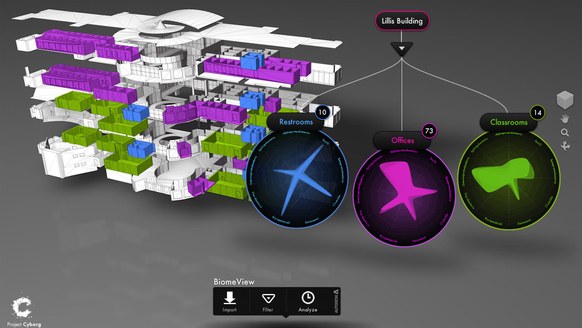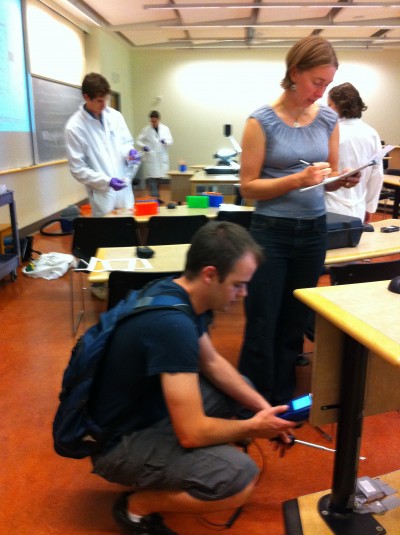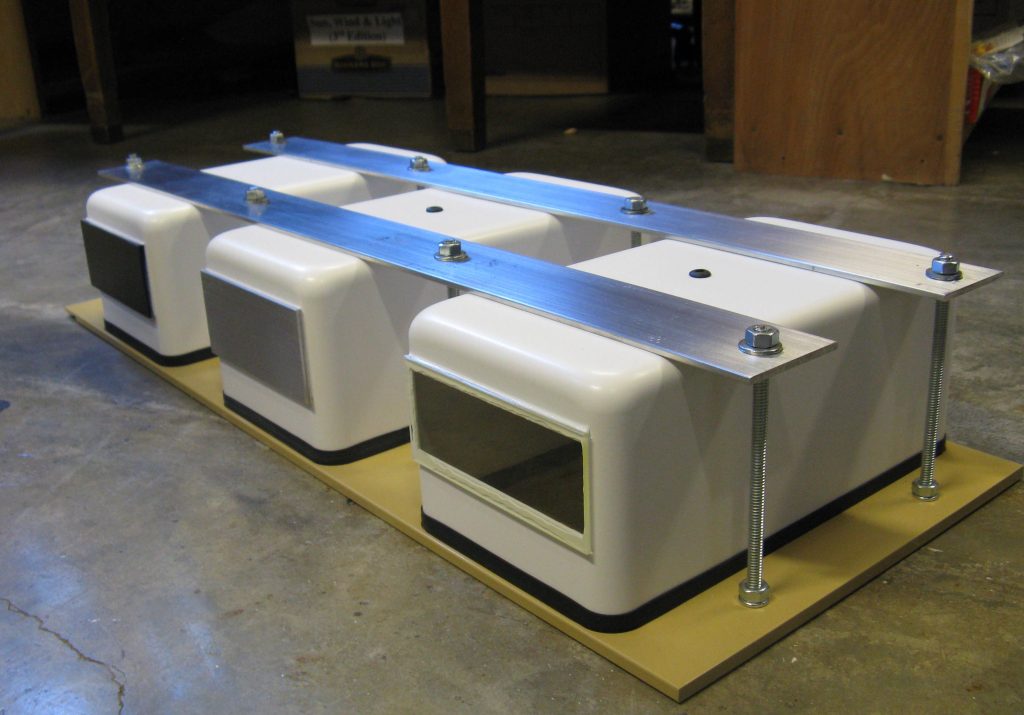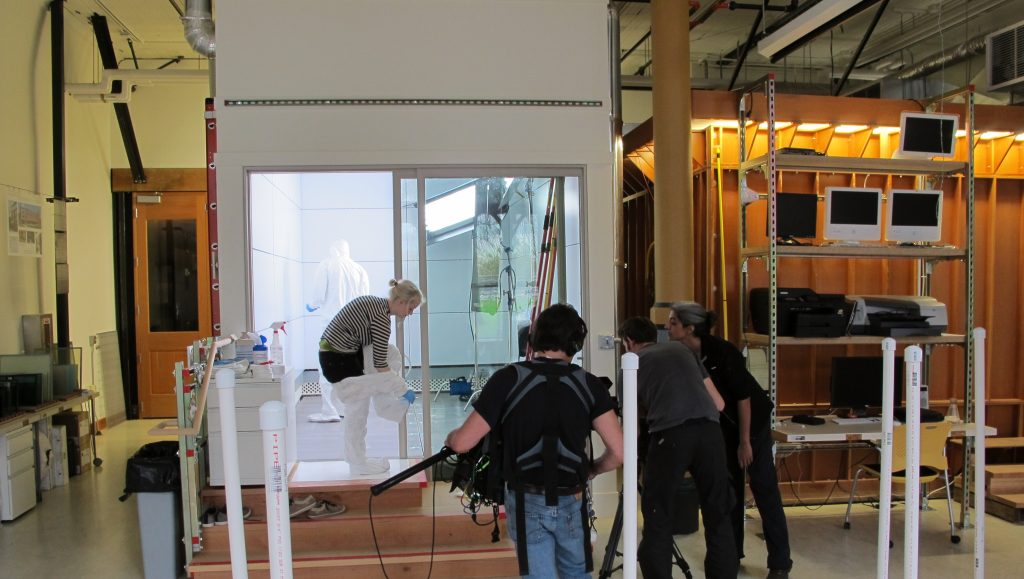Typically, architects and designers focus on designing physical space while scientists focus on understanding the unknown and unseen. Often, these lines of vision and discovery do not cross. In contrast, the Institute for Health in the Built Environment integrates designers, scientists and industry partners with diverse backgrounds to explore together the unseen elements of our built environment, including the indoor microbiome, air, chemistry, thermal and visual comfort, perception, psychologic and physiologic response, to understand how to better design for health, energy and evolution. We use science to design the unseen.
The built environment is its own ecosystem, and architectural features in the indoor environment can change those ecosystems and the organisms living there. Bathrooms and kitchens can act as sources of water or natural resources, the availability of which affects microbial survival, and the spatial design of the building and flow of air and occupants […] The microorganisms inside the built environment often come from the occupants inside- mostly humans, pets, and plants. How we shape and operate the spaces in that built environment, and how we use the materials within that space, can affect the community of microorganisms living in a particular area, as well. By taking swab samples […] How do you simulate the effect of daylight on indoor house dust in a controlled laboratory setting? By building homes for the dust, of course. In a recent pilot project, we created “lightboxes” to look at the effect of natural light on bacterial communities in dust, separate from the microbial influences of human occupants or […] Humans harbor diverse microbial communities in and on our bodies, and these can be readily detected in the built environment. Human-associated bacteria disperse into and throughout buildings by three primary mechanisms: (1) direct human contact with indoor surfaces; (2) bioaerosol particle emission from our breath, clothes, skin and hair; and (3) resuspension of indoor […]
Architectural Design and the Indoor Mircrobiome

Bacteria on Classroom Surfaces Vary With Human Contact

The Lightbox

Your Personal Microbial Cloud
